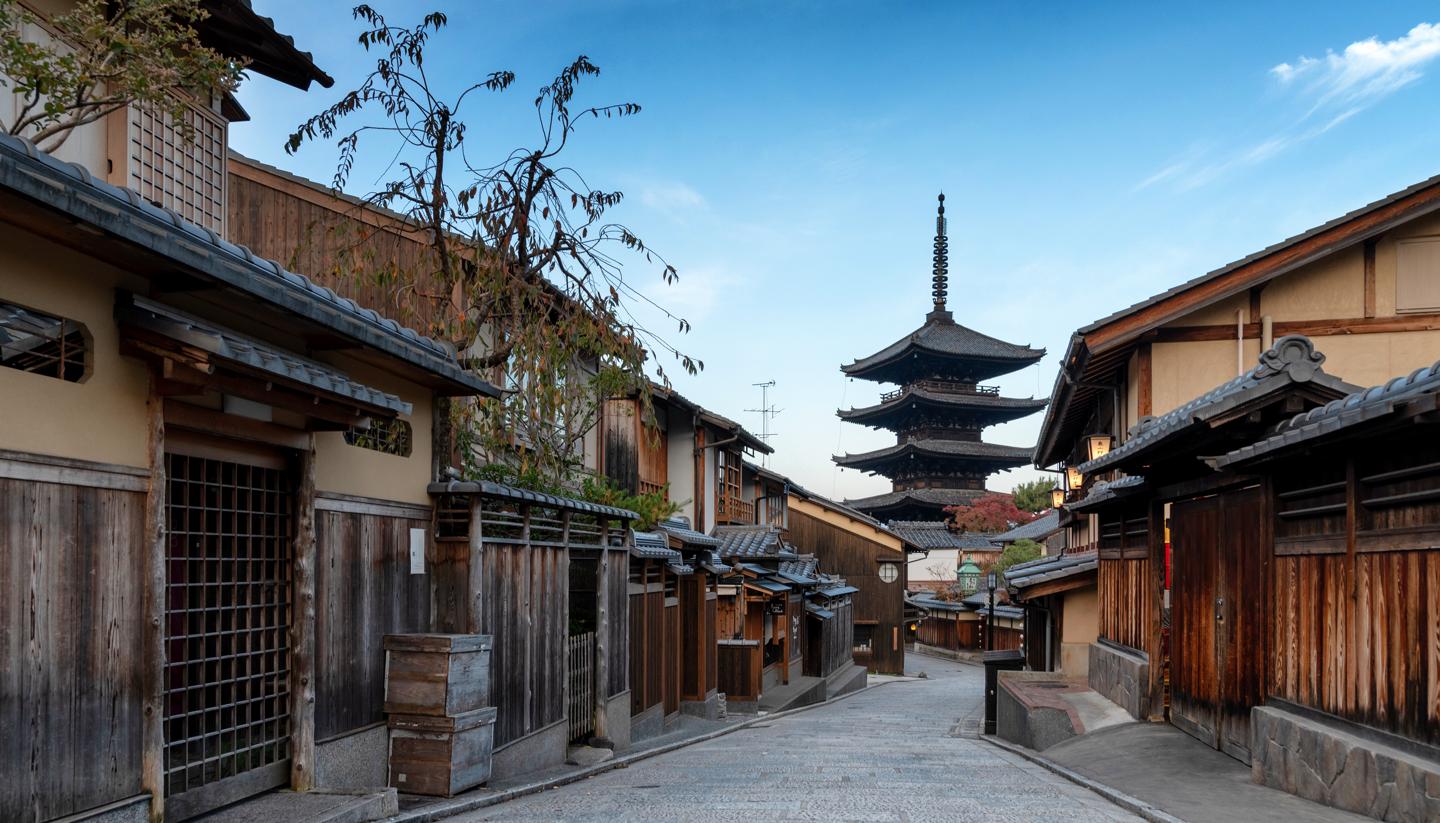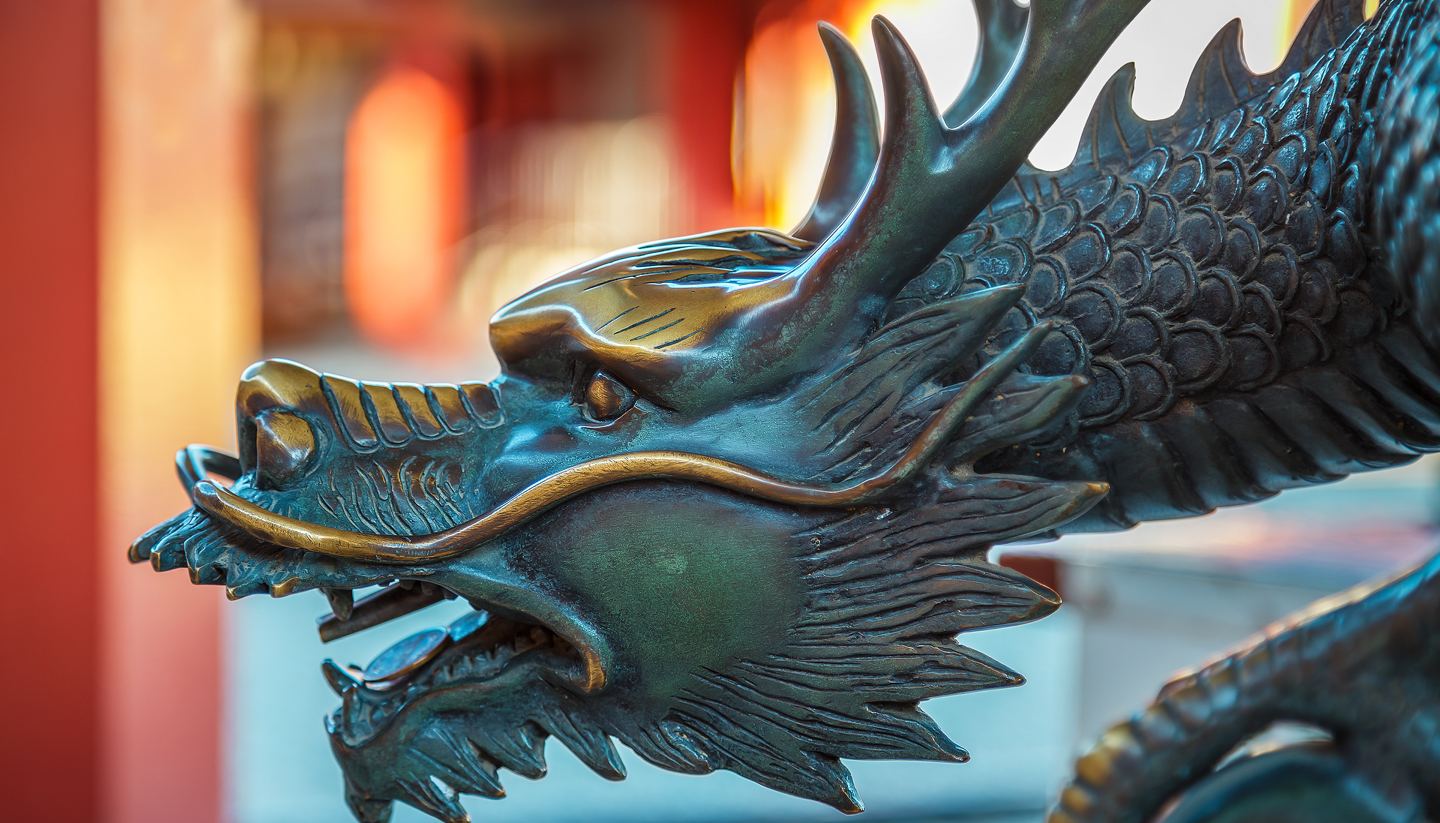Kyoto History
From a simple settlement that survived solely on the skills of silk weavers to the country’s capital city, Kyoto has seen off assassinations, civil wars and fires to remain one of the most important metropolises in Japan.
Kyoto has a deep history, with evidence of human settlements during the Palaeolithic era. However, Kyoto’s modern history can be traced to the rise of Buddhism within government and the movement of the capital to Heian-kyo (modern-day Kyoto) in 794.
Under the recommendation of his advisors, Emperor Kammu moved the Imperial Court to Kyoto from nearby Nagaoka-kyō where it was to sit until 1868. A large number of temples and shrines were erected during the years that followed including the To-ji Temple, built in 796 and Daigoji Temple, erected to the southeast of the city in 874.
Despite a succession of shōguns moving their governments to Kamakura and other cities, Kyoto remained the principal city in Japan. It became the focus of national attention in a decade-long civil conflict known as the Ōnin War, which started in 1467 and left large parts of Kyoto in ruins.
War and intrigue were ways of life in Kyoto throughout this time. Despite that, key temples such as Ginkaku-ji were built during the period, and Kyoto was at the centre of efforts by Toyotomi Hideyoshi to finally unite Japan in the 16th century.
Natural disasters also played a part in the making of Kyoto. While earthquakes shook the city, the most damage was caused by the Great Fire of Kyoto, which raged for two days in 1788.
The assassination of unifying figure Sakamoto Ryoma was a pivotal moment in Japanese history. He was killed while staying in Kyoto in 1867, a year ahead of Tokyo being named the capital city of Japan. Ryoma was vital in modernising the country and uniting the Satsuma and Choshu governments.
The most significant cultural decision in Kyoto's recent history was made in the USA. During WWII, the US Secretary of War, Henry Stimson, decided that Kyoto shouldn't be attacked with an atom bomb. He removed it from a list of targets after visiting the ancient city when he was younger.
Did you know?
• Games giant Nintendo began life Kyoto in 1889, producing playing cards.
• There are over 1,400 religious buildings in Kyoto, including 1,000 Buddhist temples and 400 Shinto shrines.
• Kyoto’s original city layout was based on Chinese Feng Shui practices.




